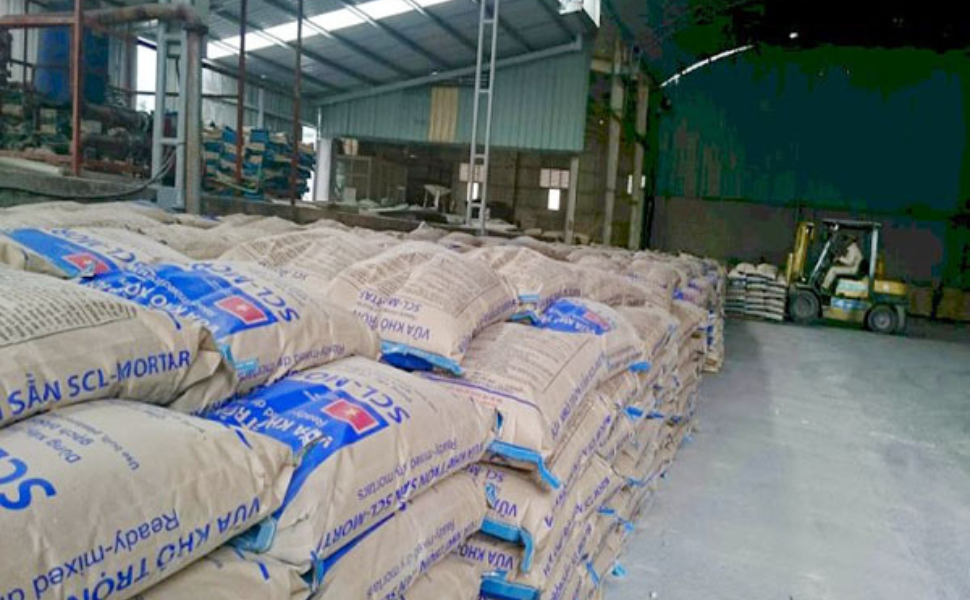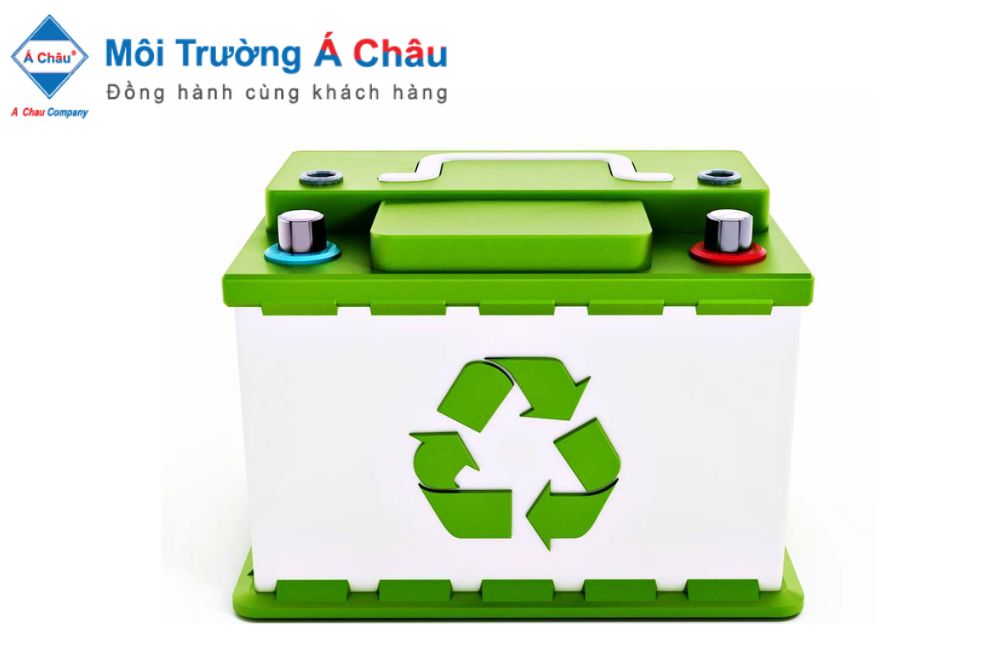The building materials industry proactively grows green and reduces GHG!
Up to now, enterprises in the field of building materials production are not only aiming to develop and apply Green Technology but also change procedures to improve operational efficiency, aiming for a Green Circular Economy.
Construction projects in Vietnam consume 39% of energy and 12% of water, emitting approximately 38% of CO2, and contribute significantly to GHG emissions, in addition to global challenges such as population growth, fossil energy depletion, climate change, and environmental pollution. As a result, several countries throughout the world have prioritised the development of energy-efficient, resource-saving, and sustainable buildings.
One of the most significant developments in building is the use of recycled and recyclable materials. Concurrently, design buildings to decrease waste and optimise energy efficiency. Experts admit that Vietnam has recently implemented several guidelines, regulations, legal documents, programs, and plans to encourage the economical and effective use of energy and resources. Protect the environment and decrease GHG emissions in socioeconomic activities, particularly the building industry.
Organisations must measure their emissions in order to reach Net-Zero status. This demonstrates the need for producers to keep track of manufacturing material inputs, particularly raw materials.
According to Mr. Kieu Van Mat, Chairman of Song Da Cao Cuong Company, the Company has proactively built a complex of ash and slag treatment plants from thermal power plants and autoclaved aerated concrete. To save energy, businesses use the circular economy as a practical tool for sustainable and efficient consumer production by deploying two complexes.
In Hai Duong, the enterprise has invested in a construction materials factory complex and applied ash and slag treatment from coal-fired thermal power plants in the North, focusing on improving and innovating automatic technology to improve productivity, quality, and cost. In Hai Phong City, the firm established a waste treatment centre at the DAP Dinh Vu Fertilizer facility to produce artificial gypsum for the ceiling panel cement sector, replacing the current natural gypsum (which is expensive to import).
After the ash and slag are appropriately handled, Mr Mat will manufacture light concrete buildings, heavy concrete for island and sea construction, additives for concrete and cement services, and glue and mortar for the construction sector. A project that employs the most tightly closed system, from exhaust gas and water to maximum circulation.
Song Da Cao Cuong Company now supplies Green Goods to big building companies around the nation, such as the recycling of the Vinh Tan 3 Thermal Power Plant, which will eventually participate in the carbon credit market using green criteria. Mr Kieu Van Mat stated that in 2023, the Ministry of Industry and Trade and a Danish organisation supported negotiating a contract with the Company to inventory GHGs.

Manufacture of ready-mixed dry mortar of Song Da Cao Cuong Company.
In addition, Nguyen Duc Hai, Deputy Director of Hi-PEC High-Tech Petrochemical Joint Stock Company, informed us that throughout its operation, the company learnt and brought back the most modern coating technology to bring and implement in Vietnam. HIPEC has targeted its goods towards green and ecological purposes. To lessen the detrimental impacts of greenhouse gases, the globe has implemented several innovative technologies based on green and sustainable principles. In 2014, a natural lime-based paint was developed in Spain, although the substance has to be stronger. After investigation, they devised a paint mixing lime and nano to capture CO₂ and turn it into limestone.
Regarding industrial paints, we import solvent-free paints that reduce room temperature. NetZezo needs everyone's cooperation to minimise GHG emissions, said Mr Nguyen Duc Hai.
Many rules and regulations have been made and implemented in order to carry out Vietnam's COP26 obligations. The Prime Minister has approved the National Action Plan on Green Growth for 2021–2030, the National Strategy on Climate Change for 2050, and the Project on Tasks and Solutions to Implement the Results of the 26th Conference of the Parties to the United Nations Framework Convention on Climate Change.
However, in Vietnam, the current complex problem is that statistics on GHG emissions are challenging because they involve machinery, equipment, and formulas. The data have yet to be made public, and the calculation method is not specific, so it is difficult for the construction industry to calculate correctly.
A representative from the Department of GHG Emissions Mitigation and Ozone Layer Protection, Department of Climate Change (MONRE), agreed that the development of green buildings in Vietnam has been voluntary and supported. Green construction numbers have risen dramatically year after year, but they must remain modest in comparison to the total number of projects completed. Vietnam must also design, build, and operate projects that meet Net Zero standards.
The building sector contributes 74.3 million tons of CO₂ equivalent towards achieving net zero emissions by 2050. Developing green materials is thus an unavoidable trend and the goal of Vietnam's construction materials production business.
To achieve the goal of green and sustainable development, vigorously promote green building materials in Vietnam, research, integration of energy use, resource-saving, efficiency, environmental protection, reducing GHG emissions in the construction process, issuing mechanisms, policies, strategies, plans, and industry plans require more attention.
At the same time, the government, ministries, and sectors must prioritise research to develop a legal framework for green materials, building types, and cities such as energy-self-balancing buildings, net zero emission buildings, green cities, low-emission cities, carbon-neutral cities, and so on, per to a representative from the Office of Greenhouse Gas Emission Mitigation and Ozone Layer Protection.
Source: Ximang.vn













